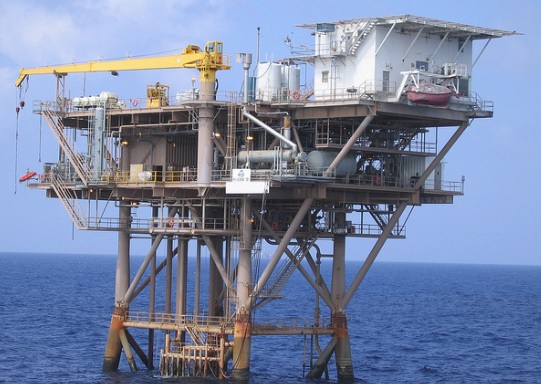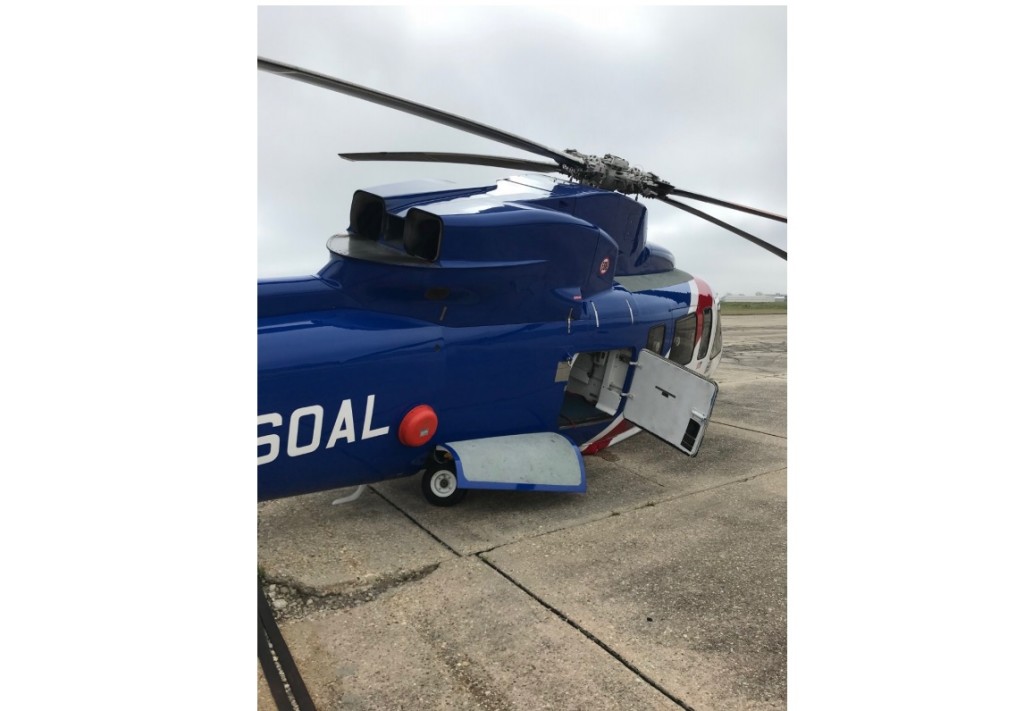Helicopter Ops and Safety – Gulf of Mexico 2018 Update
The Helicopter Safety Advisory Conference (HSAC) has been publishing data on the Gulf of Mexico (‘GOM’) offshore helicopter fleet and its safety since 1995. We have looked at their 2014. 2015, 2016 and 2017 reports previously. Now we examine their 2018 data.
Helicopter Operations: GOM Fleet Data
HSAC report that flying activity continues to decline, with just over 182k flying hours in 2018, although the rate of decline has slowed (4% down on the 189k in 2017 and vs 196k in 2016, 298k in 2014 and 410k in the peak year of 2007).
The fleet is up slightly to 336 helicopters, from 334 helicopters in 2017 (down from 344 in 2016 and 453 in 2013). This was mostly driven by a strong increase in medium helicopters and a fall in all other categories. The number single engine helicopters fell from 182 to 176, down 35% over 5 years. The light twin fleet dropped by 4 to 25 and is down 52% over 5 years. The medium twin fleet went from 80 to 97, 1 more than 5 years ago. The number of heavy twins (mainly Sikorsky S-92As) fell by 5 to 38, a 17% decrease over 5 years.
Flying hours, passenger numbers and flights have dropped by 39%, 40% and 41% respectively over the last 5 years.
This is indicative of the economic decline in the small ageing coastal fields and delayed investment in deepwater exploration and production due to the drop in oil price from mid-2014 onwards. Average sector length has been creeping up, from 22 minutes in 2016, to 23 in 2017 and 25 in 2018.
The number of operators responding reduces from 10 to 9 (vs 13 in 2014). The big three are Bristow, ERA and PHI, with RLC strong in the single engine sector.
Helicopter Safety GOM
Encouragingly, 2018 was the 5th fatality free year in since HSAC’s records began. There was a single non-fatal accident, 18 February 2018 when N860AL suffered a landing gear collapse during taxy at Acadiana Regional Airport (ARA), New Iberia, LA. We discussed that accident here: S-76C+ MLG Collapsed Due to Pothole
Consequently, according to HSAC:
- The 2018 accident rate was 0.55 per 100k flying hours (vs 1.59 in 2017 0 in 2016, 1.31 in 2015 and 1.35 in 2014) Note: The 2015 rate would be 1.73 per 100k flying hours if all 4 occurrences listed by the NTSB are included.
- The 2018 fatal accident rate was 0 per 100k flying hours (vs 0.41 in 2017, 0 on 2016 and 2015 and 0.34 in 2014).
The 5-year rolling average accident rate is 0.83 per 100k flying hours. The 5-year rolling average fatal accident rate is 0.28 per 100k flying hours.
We are aware of one other possible accident: a reported ditching of RLC Bell 206L4 N174RL on 13 January 2018.
UPDATE 12 March 2019: A Bristow Bell 407, N577AL, operated for Talos Energy, was lost shortly after take off from Galliano, LA on 10 March 2019. The pilot and single passenger both died. UPDATE 19 November 2020: NTSB Probable Cause: The pilot’s loss of control during cruise flight as a result of spatial disorientation while operating the helicopter in close proximity to terrain in marginal meteorological conditions.
UPDATE 28 June 2019: The 2016 stats may have to be revised in light of this belated report: Tail Rotor Lightning Strip Damages AW139 Main Rotor
UPDATE 7 December 2019: A Panther Helicopters Bell 407, N79LP, with two persons onboard went missing in transit between 2 offshore installations about 25 nm SE of Grand Isle, Louisiana. Communications were reportedly lost 10 mins prior to the expected landing. UPDATE 16 December 2019: The wreckage was subsequently discovered by a fishing vessel. Both POB died.
UPDATE 5 December 2020: Over 21 months after 2018 data was published we still await HSAC’s 2019 data.
UPDATE 20 December 2020: HSAC finally release their 2019 data: Helicopter Ops and Safety – Gulf Of Mexico 2019 Update



Recent Comments